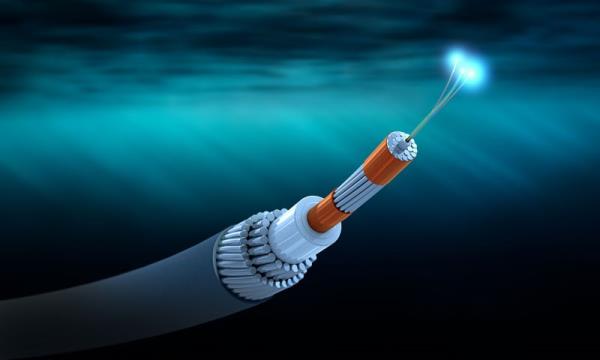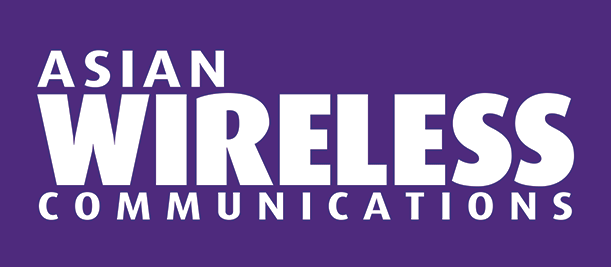31 July 2025

The project leverages Nokia’s 1830 PSS platform, initially supporting a capacity of 20.8 terabits, enabling Surge to offer high-speed connectivity services of up to 800 gigabits per second (GE) to Tier-1 and Tier-2 enterprise clients.
The Nokia subsea solution is designed to deliver scalable, space- and power-efficient transmission, supporting Surge’s strategic growth plans across Indonesia. Surge’s director, Shannedy Ong, highlighted that this new subsea link will enhance regional data centre interconnectivity and underpin efforts to expand affordable broadband access to 40 million households, including underserved communities across the country.
“With Nokia’s advanced optical transmission technology, we can efficiently scale our network to deliver reliable, high-speed, and affordable broadband to unserved and underserved populations across Indonesia,” said Ong.
“With Surge, we are building a high-performance network and providing solutions that will unlock new opportunities for growth across Indonesia,” said James Watt, Senior Vice President and GM of Optical Networks at Nokia.
While the exact launch date for the Jakarta-Singapore cable remains unannounced, this deployment marks Nokia’s second major subsea optical project announced this week. Earlier, Nokia revealed that its solutions will power the Medusa Submarine Cable System, owned by AFR-IX Telecom, which aims to connect North Africa and Europe later this year.
Nokia has been expanding its optical portfolio significantly; in July last year, the company acquired Infinera for US$2.3 billion, strengthening its position in the global optical communications market. Meanwhile, Surge continues to operate over 6,900 km of fibre-optic infrastructure along railway corridors and provides FTTH services to over 300,000 households with speeds ranging from 200 Mbps to 500 Mbps, boasting a take-up rate of over 90%.






